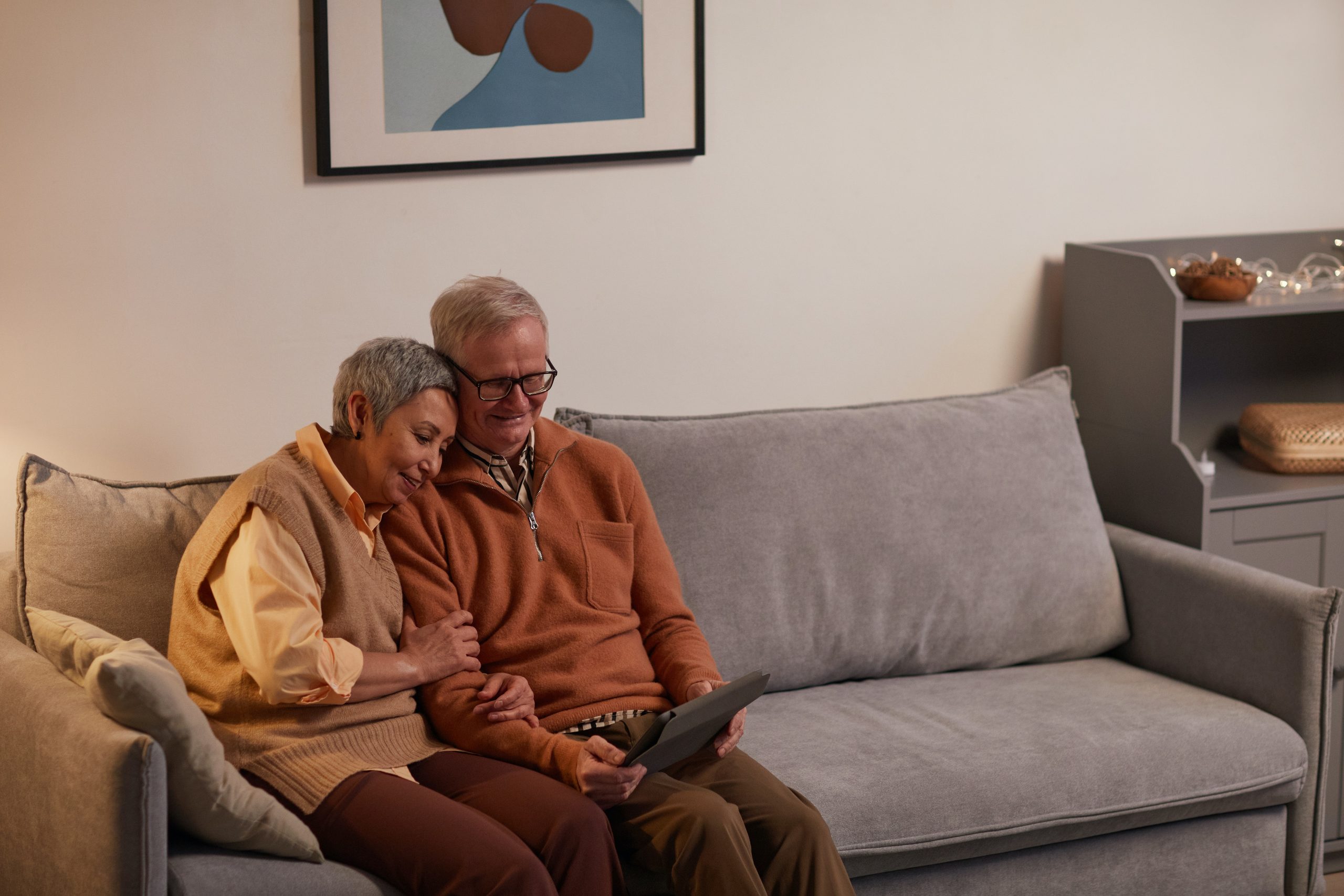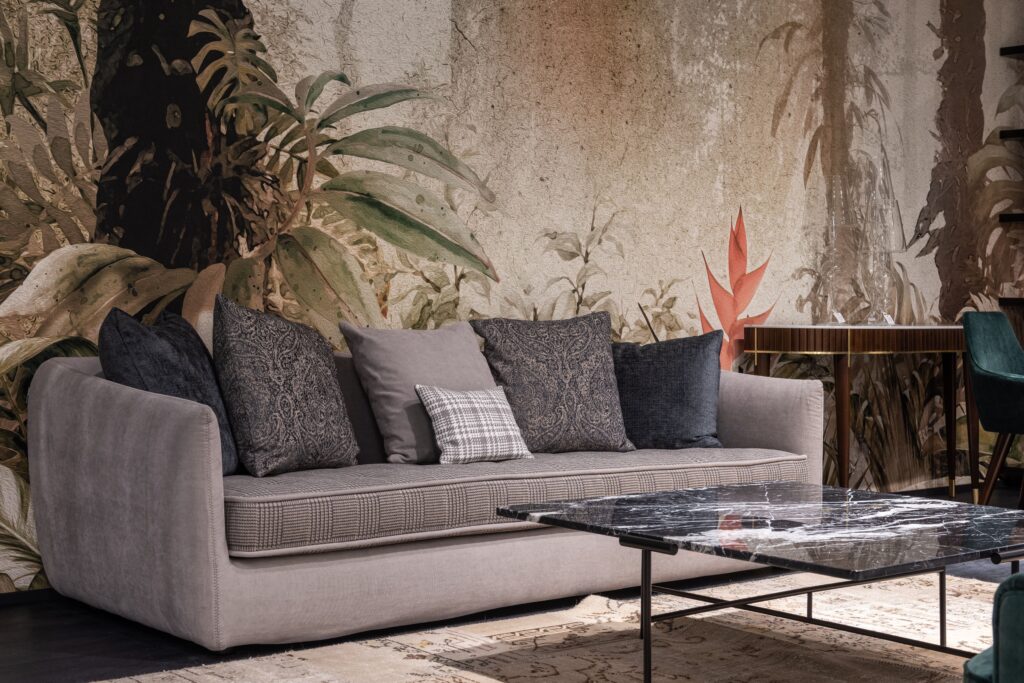
How To Maintain Fabric Sofas In The UK
If you’re wondering about “How to maintain fabric sofas in the UK“, then you’re not alone. It’s one of the most searched sofa-related questions out

Let’s glimpse into the existence of the sofa.
The word sofa originated from the Arabic word “Suffah”. The history of sofas is dated back to the times of the 18th dynasty of Egyptian culture. When pharaoh’s carcass was buried with luxurious items and other royal necessities for their afterlife trip to keep their spirit comfy.
The significance of the sofa was defined by Howard Carter — The archaeologist excavated the tomb of “Tutankhamun” in 1922 and found it with other lavish expensive objects and royal kings’ necessities in the pyramid.
The photographers also depicted the concise techniques of talented craftsmen of the older times that sustained those artistic seats for centuries to view. Those tricks and methods are tough to be crafted by today’s craftsmen.
The Oak period (1500 –1650) was known as the furniture era in which houses are built with oak wood and had fewer furnishings inside. To have a seat at home was considered an expensive deal and put you in the rich category.
All items were made of Oaktree to create a long bench-like vertical structure for everyone to rest. The beautiful sofa sets started taking place when houses became more structured by improving the interior. With evolving techniques, shelters became soundproof and they overcame wet patches which introduced more relaxation inside.
By the 16th century, artisans began to use fabric coverings in the upholstery industry. And not only in the wall -hangings but crafted in sofa seats and handmade goods of home decoration.
German people started using horsehair to fill up the chairs and sofa beds. Dried sea moss was used in the United Kingdom as a common material for sofa padding.
Italy started arms and backrests in the seats from the renaissance period.
So, the sofa is an upgraded version of the upholstered chair of ancient times packed with soft material for extra comfort. During the time (1660–1730) France under the rule of Louis XII became famous for crafting “double chairs”, a fresh category of haunches. They were unique from other furniture and made them incomparable.
In the UK, the daybed caught popularity in the 17th century.
In the 18th century seating area took a big turnover:-
The upholster crafted the architecture and designs into real life. With speed, sofa designs are getting famous in various regions by this time.
Thomas Chippendale organised a session at St. Martins Lane, London, with the cost of well crafted lavish seating design manufactured from wood. Perfectly stuffed material and buttoning with hands were practised.
Across the globe, every area accepted the home styling culture with an extraordinary format that represented their cultural values. As in England, clear and straight-back style furniture has taken place with tiny curves in legs and arms to create a simple look.
In the 19th century: When the UK went through an industrial revolution, the introduction of more advanced techniques took place in the upholstery varieties. Coil springs were introduced in 1850 as a substitute for horsehair material for filling.
The invention of the first sewing machine by Englishman Thomas Saint in 1790 revolutionised the furniture industry and took estimates to design beautiful sofas. This procedure made it easy to cut and stitch fabric to cover the seat for an elegant presentation of wooden frames.
Divergent areas around the world take the culture of sofas as per their perspective and transform the styling which signifies their indeed cultural values like English sofas, couches in America, chesterfield, Chair lounge, and beds in various regions. Prints on cotton, silk, velvet, and leather are preferred fabrics.

If you’re wondering about “How to maintain fabric sofas in the UK“, then you’re not alone. It’s one of the most searched sofa-related questions out

These are the new trends of fabric sofas styles in the UK, these hot trends are committed to enhancing the beauty of your interior design.
Complete the form below, and one of our friendly team will be in touch
About
Best Premium fabric sofas online in the UK – Sofas UK is an established registered online business that has partnered with many Premium fabric sofas manufacturers based in North West England and has been producing quality fabric sofas for over 25+ years that truly define our ‘Luxury Premium Quality’ slogan.
Quick Links